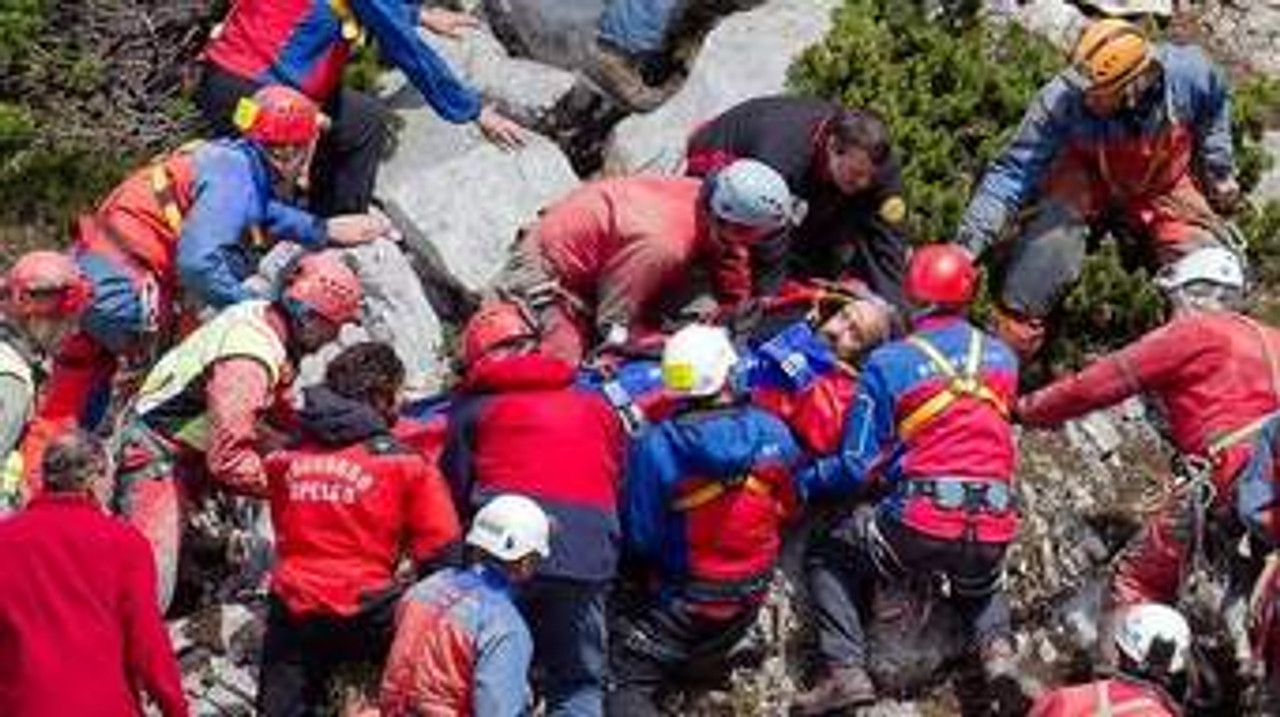Being a Colorado based company this one is personal for us.
Every year mishaps occur that result in individuals being stuck out in the backcountry overnight. Ski accidents, lost hikers, injured hunters. A lot of things can happen suddenly that result in you having to spend the night outdoors while waiting for search and rescue to find you. If you can't stay warm, dry, and hydrated your chances of surviving the night decrease significantly. What starts out as a great day in the backcountry suddenly turns into a life and death struggle.
A properly outfitted survival kit is essential to making it through the night, or multiple nights, while you either wait for rescue or work your way back to the trailhead. Cost is not an excuse, weight is not an excuse. Your life depends on it. Don't make the mistake of thinking that it will never happen to you. All of us who have worked search and rescue have heard that comment plenty of times - "I never thought that would happen to me".
Make sure your survival kit has the critical components you need:
1. Hypothermia Prevention
Hypothermia is the major cause of death for many victims of backcountry accidents. Not injuries from the accident itself. You need to stay dry and warm whether that's a man made shelter, heat reflecting bivy, or hypothermia blanket.
2. Hand Warmer Packs
You can't do much if your hands are so cold that you lose all manual dexterity. Building a shelter or a fire can quickly become impossible. Heat warmer packs will allow you to warm up your hands so you have the dexterity to work. If shivering or showing signs of hypothermia, you can also place them in your armpits once in your shelter to help raise your body temperature.
3. Fire Starter with Tinder
A fire will provide heat, light and during the day, smoke to help identify your location. A fire starter kit has a sparking ignitor and tinder to get a collection of small branches, wood shavings, needles or dry leaves ignited to build up a fire for warmth and signalling.
4. Small Folding Knife
Among other uses, it allows you to shave off strips of dry wood from larger branches to make a kindling pile for fire starting.
5. Wire Saw
A compact wire saw allows you to cut down dry, dead branches. In the winter much of the downed wood is snow covered and hard to locate. However, there's often a lot of dry, dead wood still on the trees above snow that can be used for a fuel source.
6. Emergency Food
A Coast Guard approved emergency food bar will provide you the critical calories your body needs to stay warm.
7. Water Purification Tablets
Allows you to safely use local water sources for drinking water.
8. Electrolyte Replenishment Powder
Mix with your purified water to help fight off dehydration, a major contributor to hypothermia. Provides balanced electrolytes to keep you properly hydrated.
9. Signal Safety Whistle
A simple safety whistle is louder then yelling or screaming, penetrates farther across the landscape then your voice and take a mere fraction of your energy.
10. Signal Mirror
Use for signaling your location to aircraft or or ground searchers. You can also look at yourself in this mirror and repeat "I'm going to get out of this, it's not over yet".
11. Chemical Light Stick
Provides hours of illumination allowing you the light you need to start your fire or create a shelter. Attaching a length of paracord to the chemlight and spinning it overheard makes a great low light signal to search teams.
12. Paracord, 25ft
Use with the chemlight for signaling. Attach lengths of paracord to the wire saw, throw over branches beyond your reach to access fuel to keep your fire going. Paracord has a lot of survival applications. These are just a few.
Whether you purchase the Rescue Essentials Survival Kit or build your own, don't head into the backcountry without one. We stand by our motto "Preparation is the First Line of Defense".
